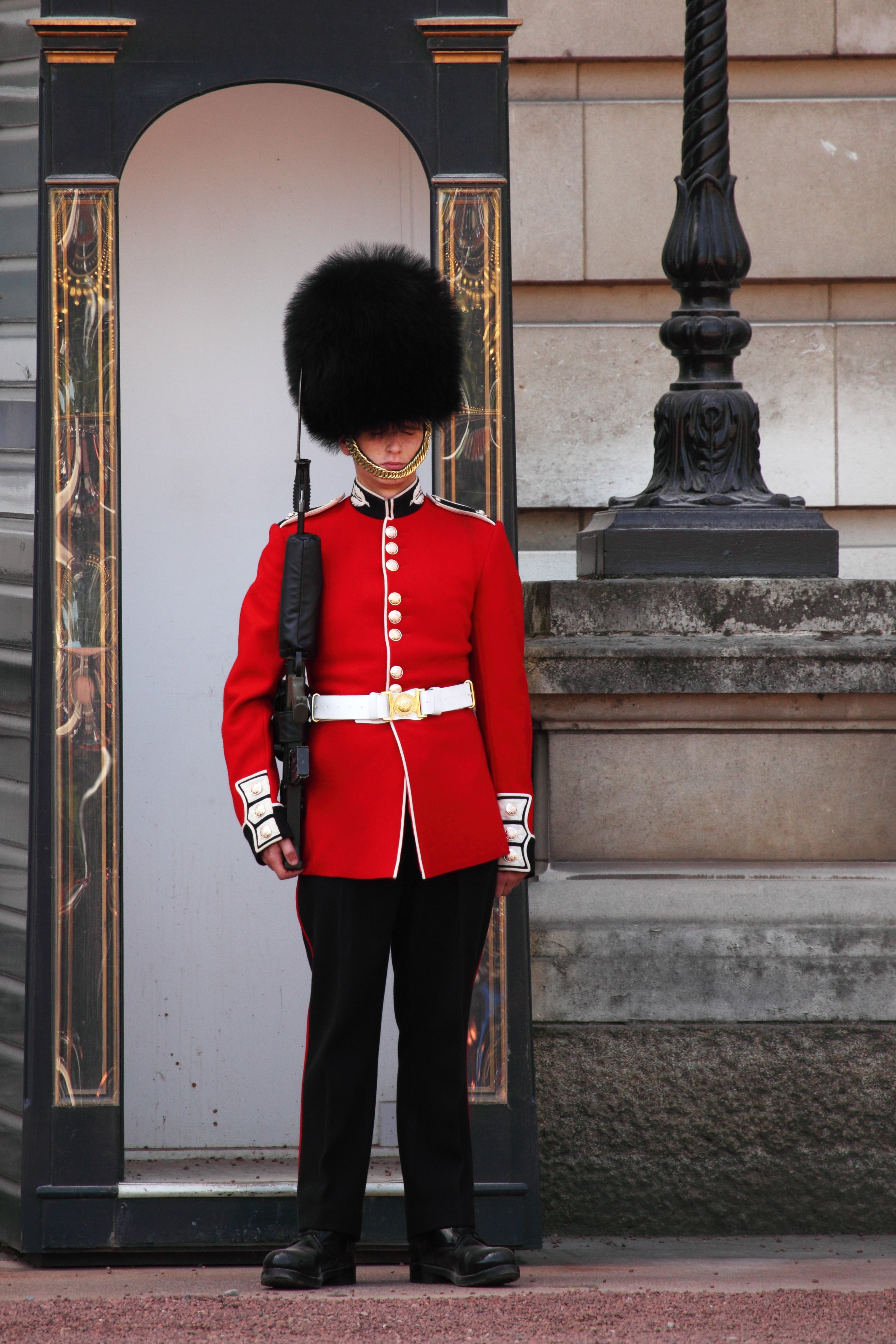
 PIN
Buckingham Palace
PIN
Buckingham Palace
Home of British Monarchy
Perhaps one of London major landmarks is Buckingham Palace – the official residence of the Queen. Buckingham Palace has been the official London residence of the UK’s sovereigns since 1837 and today is the administrative headquarters of the reigning Monarch. Although the Palace is used for the many official events, receptions and functions hosted by The Queen, the State Rooms at Buckingham Palace are open to London’s visitors every summer.
Buckingham Palace has 775 rooms including 19 State rooms, 52 Royal and guest bedrooms, 188 staff bedrooms, 92 offices and 78 bathrooms. In terms of dimensions, the building is 108 metres long across the front, 120 metres deep and 24 metres high.
Today, Buckingham Palace is a working building and the focus of the UK’s constitutional monarchy, serving as the venue for royal events, ceremonies and entertaining foreign Head of States. Over 50,000 people visit the Palace each year as guests for events like State banquets, lunches, dinners, receptions and Garden Parties. The Queen also holds weekly audiences with the Prime Minister and receives newly appointed foreign Ambassadors at Buckingham Palace.
History
In 1761 King George III bought Buckingham House for his wife Queen Charlotte to use as family home in close proximity to St James's Palace (where many court functions were often held). Buckingham House was subsequently known as the Queen's House, and 14 of George III's 15 children were born there.
On his accession to the throne in 1820 George 1V decided to rebuild the house into a pied-à-terre. As work progressed, and as late as the end of 1826, The King changed his mind and with the assistance of his architect, John Nash, he set about transforming the house into a palace. Parliament agreed to a budget and Nash stared on the programme retaining the main block and doubled its size by adding a new suite of rooms on the garden side facing west. Faced with Bath stone, the external style reflects the French neo-classical influence favoured by George IV. The north and south wings of Buckingham House were demolished and rebuilt on a larger scale with a triumphal arch - the Marble Arch - as the centrepiece of an enlarged courtyard, as a memorial to the British victories at Trafalgar and Waterloo.
By 1829 the costs had escalated to nearly half a million pounds and Nash was dismissed. On the death of George IV in 1830, his younger brother William IV took on architect Edward Blore to finish the work. The King never moved into the Palace and when the Houses of Parliament were destroyed by fire in 1834, the King offered the Palace as a new home for Parliament – an offer that was declined.
Queen Victoria was the first sovereign to actually live in the palace in July 1837 and she was the first British sovereign to leave from Buckingham Palace for a Coronation. The Marble Arch was then moved - it now stands at the north-east corner of Hyde Park - and a fourth wing was built creating a quadrangle
The work was completed in 1847 but by the turn of the century the soft French stone used in the East Front was showing signs of deterioration, largely due to London's sooty atmosphere, and required replacing.
In 1913 the decision was taken to reface the façade in Portland Stone, which took 12 months to prepare before building work could begin. When work did start it took 13 weeks to complete the process that included removing the old stonework. The present forecourt of the Palace, where the ‘Changing the Guard’ takes place, was formed in 1911, as part of the Victoria Memorial scheme.
The gates and railings were also completed in 1911. The North-Centre Gate is now the everyday entrance to the Palace, whilst the Central Gate is used for State occasions and the exit of the guard after ‘Changing the Guard’. The work was completed just before the outbreak of the First World War in 1914.
TripTide Thoughts
This landmark is a focal point of some of the most popular London visitor attractions from the ‘Changing of the Guard’ to royal weddings – not to be missed.
Tags
- History
- , Westminster
- , West
- , family
- , Historical Event
- , Child Friendly



 Facebook
Facebook Twitter
Twitter Tumblr
Tumblr Google+
Google+ Pinterest
Pinterest LinkedIn
LinkedIn







